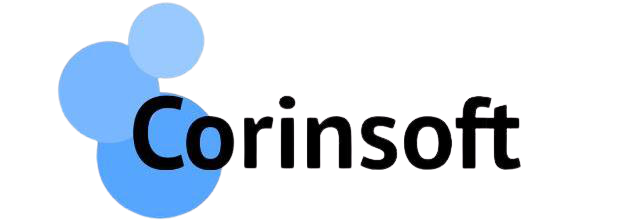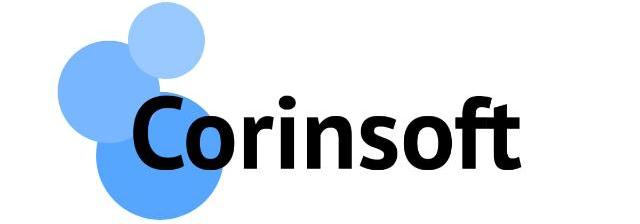What is Machine Learning? What is Convolutional Neural Network?
Humans learn from their experiences. Machines follow the instructions given by humans. So, what if machines are allowed to learn from their past experiences and do what humans can do, but faster? Well, that is called Machine Learning! Have you ever wondered how google translates an entire web page in a fraction of a second? It is all a product of Deep Learning.
Briefly explaining, if the prediction of deep learning goes wrong, the machine will not require human guidance/a programmer to fix it. It will fix it by itself. The concept of replicating the human brain is called Artificial Intelligence. Do all the above topics looks similar? Confusing, right?
However, Deep Learning is a subset of Machine Learning, which in turn is a subset of Artificial Intelligence. And, each topic is entirely different from one another. All these are interconnected fields. So, what if a computational system is developed in order to solve problems like a human brain? This is why researchers started using Neural networks. It would be easy for you to understand Neural Network if you have ever used the Google Translate App, which translates the text into an image in a fraction of a second.
This is one of the applications of Neural networks. Neural Network holds the base of Deep Learning. A Simple Neural Network has an input and output layer and a hidden layer in between them to transform the input data.
Convolution Neural Network (CNN/ConvNet) is one of the types of Neural Network. These are effectively used in the areas of image, face recognition, traffic signals, and many more areas. But CNN is most commonly applied to image processing problems. They are used for image processing, classification, segmentation.
The architecture of CNN has an input layer, an output layer, and multiple hidden layers in between the input and the output layers. There are also a couple of layers that make CNN unique called, the Convolutional Layer and the Pooling Layer. It also has a ReLU ( Rectified Linear Unit ) and a fully connected layer.
As the data moves through each layer, the ReLU layers act as an activation layer in order to ensure non-linearity in the network. Otherwise, the data would change its dimensionality. The fully connected layer performs classification on the data set. The Convolutional layer, the most important of all works by filtering an array of image pixels, which results in the creation of a Convolved Feature Map.


